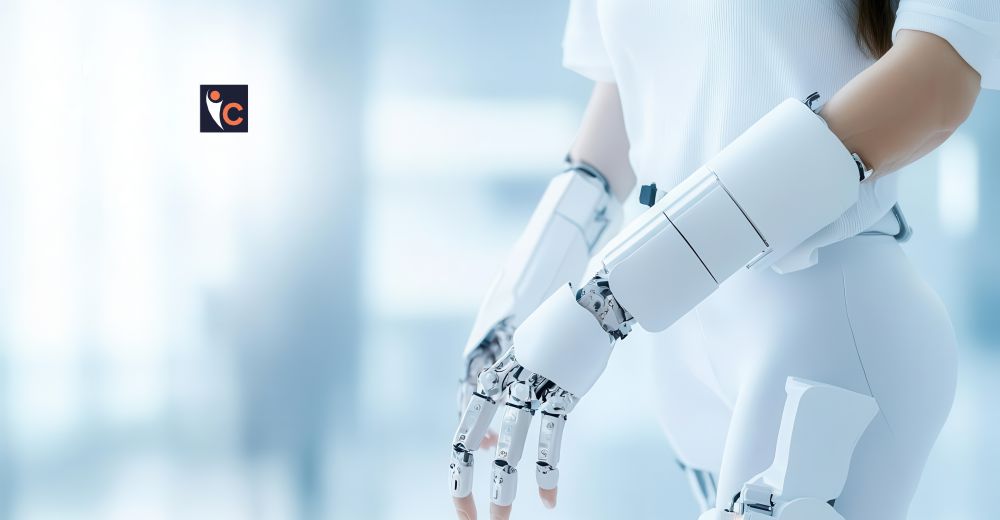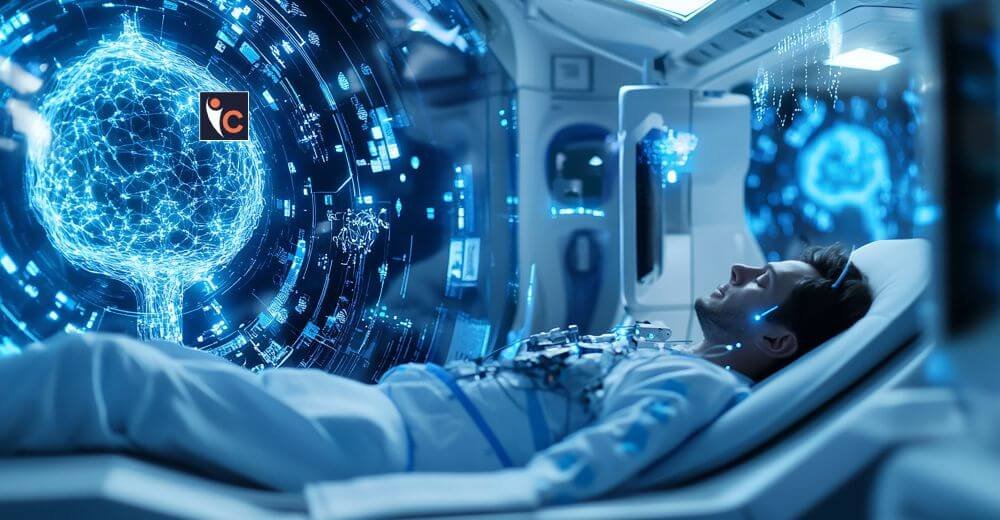Enhancing Patient Outcomes
Stroke rehabilitation has evolved significantly with the introduction of innovative therapies that go beyond traditional physical exercises. These new approaches are enhancing recovery rates by improving patient outcomes through personalized, technology-driven, and evidence-based interventions.
Stroke survivors benefit from these techniques, which focus on neuroplasticity—the brain’s ability to rewire itself after injury—allowing for more efficient recovery of motor functions, speech, and cognitive abilities.
Below, we explore some of the most cutting-edge approaches to transforming stroke rehabilitation.
- Robotics and Assistive Devices
Robotic systems have revolutionized stroke rehabilitation by assisting patients in regaining movement through repetitive and guided exercises. Devices like Lokomat® (a robotic exoskeleton) and Armeo® (robotic arm therapy) help stroke survivors relearn basic movements by simulating natural walking or arm motions. These machines provide feedback, track progress, and adjust to the patient’s needs, allowing for more intensive, personalized, and consistent therapy sessions.
The use of robotic devices leads to neuroplasticity by repeating movements that encourage the brain to form new neural connections, ultimately improving limb function and reducing physical impairments. A 2021 study published in Stroke reported that patients using robotics for rehabilitation experienced faster recovery compared to those undergoing standard physical therapy.
- Virtual Reality (VR) and Augmented Reality (AR)
Virtual reality and augmented reality have gained traction as engaging tools for stroke recovery. These technologies immerse patients in interactive environments where they can practice movements and cognitive tasks. By making rehabilitation exercises enjoyable, VR and AR improve patient motivation and adherence to therapy.
VR applications, such as MindMotion and NeuroRehab VR, allow patients to perform targeted exercises in virtual environments that simulate real-life situations. For instance, a patient may practice reaching for objects or walking in a virtual park. This immersive experience strengthens motor skills and cognitive functions. Augmented reality (AR), on the other hand, overlays digital elements on the physical world, providing patients with real-time feedback during therapy sessions.
Clinical trials have shown that patients who use VR during rehabilitation often exhibit enhanced motor recovery and cognitive improvements, as the immersive nature of the environment promotes higher engagement and task repetition, both essential for neuroplasticity.
- Transcranial Magnetic Stimulation (TMS)
Transcranial magnetic stimulation (TMS) is a non-invasive brain stimulation technique that has shown promise in stroke rehabilitation, especially for motor recovery. TMS uses magnetic fields to stimulate nerve cells in the brain, enhancing the brain’s ability to form new connections (neuroplasticity). By targeting specific regions of the brain, TMS can help restore motor function and improve upper limb mobility.
Recent studies indicate that combining TMS with traditional rehabilitation therapies, such as physical and occupational therapy, may lead to better functional outcomes. TMS is especially beneficial for stroke patients with motor deficits, as it stimulates brain areas responsible for movement control, promoting faster recovery.
- Constraint-Induced Movement Therapy (CIMT)
CIMT is an innovative approach that forces patients to use the affected limb by restraining the unaffected one. This technique encourages “learned non-use”—a phenomenon where stroke patients rely heavily on their unaffected side due to weakness or immobility on the other side—to be reversed. By focusing on the affected side, the brain is stimulated to “relearn” the movement through increased use.
CIMT is highly effective for improving upper limb function in patients with mild to moderate motor impairments. Research has shown that stroke patients who undergo CIMT experience significant improvements in arm and hand function, with lasting effects on their ability to perform daily activities.
- Functional Electrical Stimulation (FES)
Functional electrical stimulation (FES) applies electrical impulses to paralyzed or weakened muscles, causing them to contract and move. This method is particularly useful for patients with hemiplegia (paralysis on one side of the body) and those who experience difficulty walking or using their arms. FES stimulates the muscles and encourages the brain to relearn the movements by forming new neural pathways.
FES devices are commonly used in conjunction with rehabilitation exercises and have been shown to improve motor function, especially in the lower limbs. Studies have demonstrated that FES can enhance walking ability and balance in stroke survivors, allowing them to regain independence.
- Telerehabilitation
Telemedicine has expanded into stroke rehabilitation through telerehabilitation, where patients can access therapy remotely via video calls, mobile applications, or wearable devices. Telerehabilitation ensures that stroke survivors can continue their rehabilitation exercises at home, especially in areas with limited access to in-person therapy.
Mobile apps and wearables provide real-time feedback, monitor progress, and offer guidance on exercises. This approach also fosters personalized care, as patients receive regular updates on their performance and can adjust their therapy accordingly. Research has shown that telerehabilitation can be as effective as in-person therapy for improving motor skills and cognitive functions.
- Neurofeedback and Brain-Computer Interfaces (BCIs)
Neurofeedback and brain-computer interfaces (BCIs) are cutting-edge technologies that provide patients with real-time information about their brain activity. BCIs enable individuals to control devices using their brain signals, helping them relearn movement by forming new connections between the brain and the muscles.
Neurofeedback therapy, on the other hand, helps patients improve cognitive functions by training their brain activity. BCIs have shown promising results, especially in restoring motor function in patients with severe paralysis, while neurofeedback is used to enhance attention, memory, and executive functions.
Conclusion
Innovative approaches to stroke rehabilitation are transforming how patients recover from the debilitating effects of a stroke. From robotics and virtual reality to brain stimulation and personalized therapies, these cutting-edge interventions provide more effective and patient-centric treatments. By focusing on neuroplasticity and leveraging technology, these advances promise to improve patient outcomes, making recovery faster, more efficient, and accessible to a wider population of stroke survivors. The future of stroke rehabilitation lies in combining these innovative tools with traditional therapies to offer holistic, personalized care that maximizes recovery potential.
Read More: Click Here










